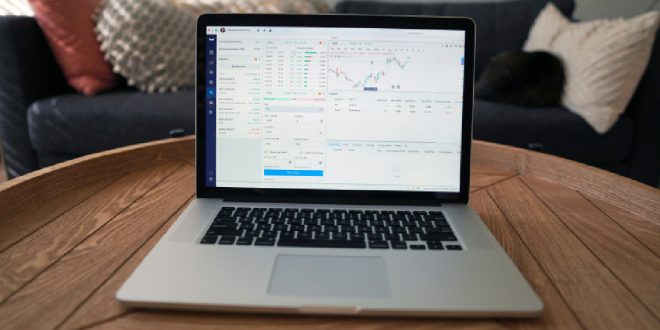Small business owners and those filing for the first time find it challenging to comply with the Goods and Services Tax (GST). To simplify the process, GST filing software deals with calculations, produces invoices and helps with return filing.
This blog will present the essentials of using GST filing software effectively to enhance overall business performance.
What is GST filing software?
GST software is an online tool businesses use to handle activities such as GST calculation, billing, reconciling and filing returns. All these software work according to the standards set by tax officials.
These tools are often integrated with existing accounting software to ensure that transaction records, journal entries and inventory details are synchronised. As a result of this integration, businesses won’t have to repeatedly record the same data and are less likely to make mistakes.
Key features to look for in accounting software
When choosing GST software, look for features that support compliance, accuracy and ease of use. Some of these features are:
- Auto Calculation of GST: GST is automatically calculated based on item rates, tax slabs and state codes.
- GST-Compliant Invoicing: Generates tax invoices with HSN/SAC codes, place of supply and applicable tax rates.
- Return Filing: Seamless preparation and filing of GSTR-1, GSTR-3B and annual returns.
- Audit and Reconciliation: Reconciles data between the purchase and sales registers.
- Integration with Accounting Software: To ensure real-time syncing of financial and inventory data.
- Data Backup and Security: To provide periodic auto-backups and secure data encryption.
These features are aligned with government regulations. It helps businesses to avoid penalties due to late or incorrect filings.
Step-by-Step guide to getting started
To select the best GST software according to your needs, here are some steps you have to follow:
- Step 1: Choose a software solution that caters to your industry and business scale. Most vendors offer modular pricing for small businesses, traders, and service providers.
- Step 2: Proceed with the installation process and create your business profile. Enter your business address, registration information and GSTIN..
- Step 3: Sync with accounting software by importing ledgers, vouchers and inventory data from your existing solutions.
- Step 4: Set up input and output GST ledgers, define tax rates, and assign HSN/SAC codes to your products or services.
- Step 5: Use the built-in template to generate tax-compliant invoices. The software will automatically calculate CGST, SGST or IGST based on the transaction.
- Step 6: Perform the GST file return from such software. You can also validate data and upload files directly to the GST portal.
Common mistakes to avoid
Follow these considerations to ensure accurate GST filing from accounting software:
- Incorrect Tax Classification: Misapplying tax rates or skipping HSN/SAC codes leads to filing issues.
- Missing Return Deadlines: Without setting reminders, businesses risk penalties due to delayed filings.
- Manual Corrections: Editing tax figures manually instead of using software logic can cause discrepancies.
The best way to avoid these issues is to follow the built-in workflows and use dashboard alerts provided by these softwares.
Tip for using GST software effectively
In order to get the most from the GST filing software, you may need to consider the following:
- Use auto-fill and predefined ledger to reduce manual entries
- Every month, perform a review to match purchase and sales data with GST returns
- Enable software updates to reflect changes in tax rules and formats
- Use monthly summary reports to monitor tax liability and invoice duplications.
Conclusion
Adopting GST software with your accounting can help you to gain real-time insights, error-free tax compliance and improved financial management. For beginners, the key is to start with a trusted accounting software, explore its features and conduct regular data review.
 Blogging Heros
Blogging Heros




